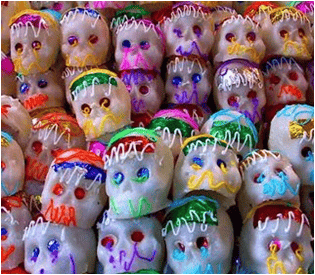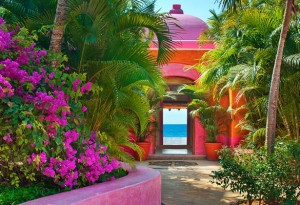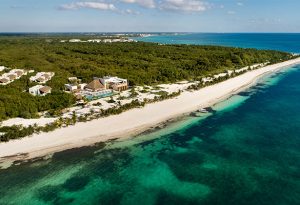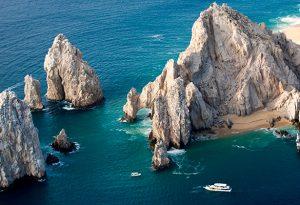 Mexican culture exudes spirit and vitality that truly comes to life during the El Dia de los Muertos celebration, a national event honoring the lives of lost relatives, friends and public figures. This important holiday, known as Day of the Dead in English, takes place annually on November 1st and 2nd.
Mexican culture exudes spirit and vitality that truly comes to life during the El Dia de los Muertos celebration, a national event honoring the lives of lost relatives, friends and public figures. This important holiday, known as Day of the Dead in English, takes place annually on November 1st and 2nd.
Many people believe Halloween and Dia de los Muertos are versions of the same holiday. Both celebrations coincide with All Saints’ Day and All Souls’ Day, occurring when the veil between the living and the dead is believed to be weakened, enabling communication with spirits. Yet, the spirits of Halloween are harmful, magical and mischievous, so children wear costumes to scare them away. Day of the Dead is a joyful holiday that handles death from a lighthearted and sentimental perspective, allowing individuals to show respect and love for ancestors and friends who have passed away.
Day of the Dead Festivities in San Miguel de Allende
Dia de los Muertos originated from a centuries old Aztec festival in honor of Mictecacihuatl, a goddess known as the Lady of the Dead. Today, Mexican families create colorful altars in their homes. The living also come together to decorate the graves of the dead with their favorite foods, tequila, flowers and sweets while encouraging the presence of these benevolent spirits and sharing humorous stories in remembrance of who they once were. Some of the most entertaining moments involve short poems known as calaveritas, or little skulls, in which funny, satirical verses are written and dedicated to the deceased.
San Miguel de Allende, a municipality in eastern Guanajuato, provides the perfect opportunity to take part in these extraordinary festivities. Tourist traffic is light at this time of year, the weather is mild and visitors have the chance to find souvenirs at an authentic Dia de los Muertos market. As November approaches, families stream in and out of local cemeteries to scrub tombstones, clear away weeds and lay out flowers and candles. In the weeks before the celebration, a special market is set up near the Plaza Civica where everyone shops for decorations amongst stalls of sugar skulls, miniature coffins, skeleton puppets and the familiar skeleton masks and figures, known as calacas. The Calaca Festival takes place November 1-4 this year.
A candlelight vigil lights up the cemetery as cheerful crowds gather to celebrate the dead, listen to mariachi bands, share bottles of tequila and enjoy a picnic with friends and family. All around, children play amidst displays of skeletons in comical scenarios. Calacas are a significant part of Mexican folk art intended to mock death and overcome the pain of loss, depicting skeletons humorously as noble ladies, drunken merrymakers, dancers, brides and many other roles of everyday life.
Exploring San Miguel de Allende
San Miguel de Allende has a wealth of cultural attractions you can experience before and after Dia de los Muertos. The stunning city center features beautifully preserved architecture in neoclassical and baroque styles that house cathedrals, galleries and museums. Along vibrant, colorful streets, the local artisan shops offer charming turquoise jewelry and silver crafts. Live events are frequently held in the local parks and travelers can choose from a tempting variety of authentic Mexican and international cuisine from the city’s inviting restaurants. With a range of impressive vacation rentals in the area, visitors will have no trouble finding cozy villas for relaxation when the Day of the Dead celebration is over.




